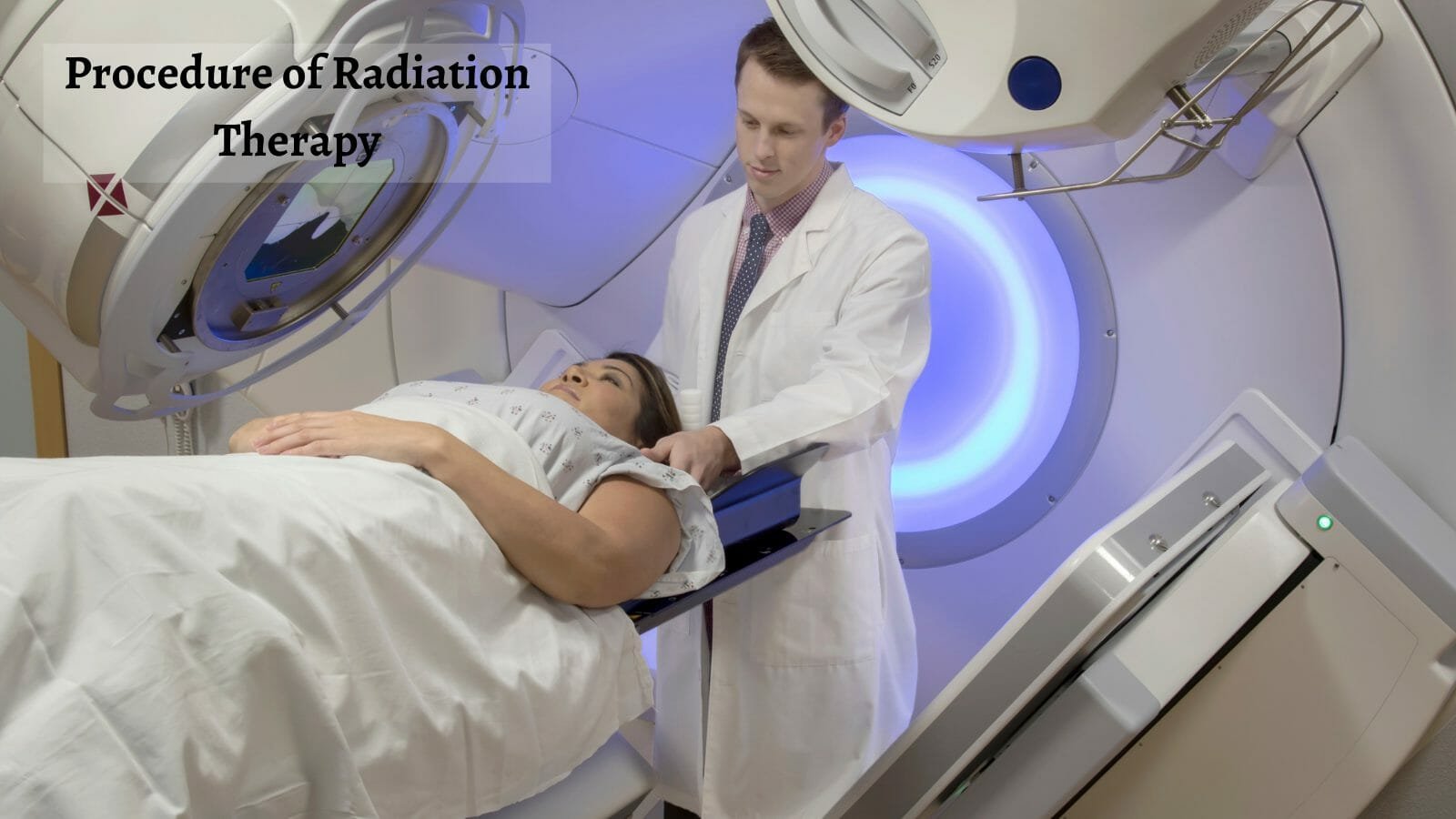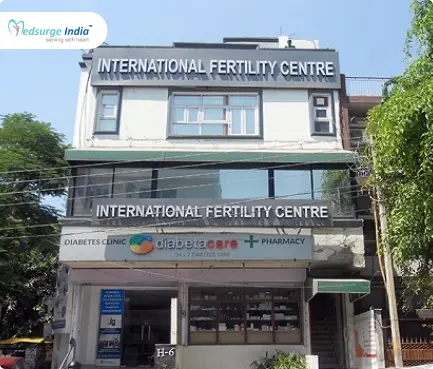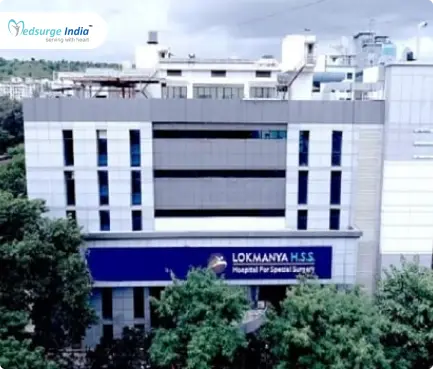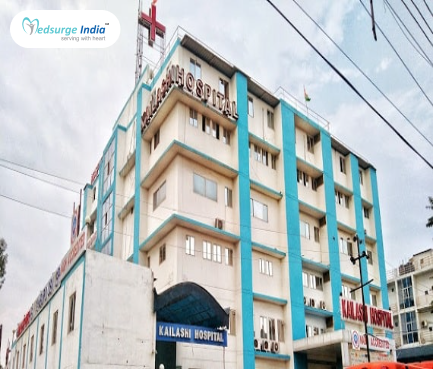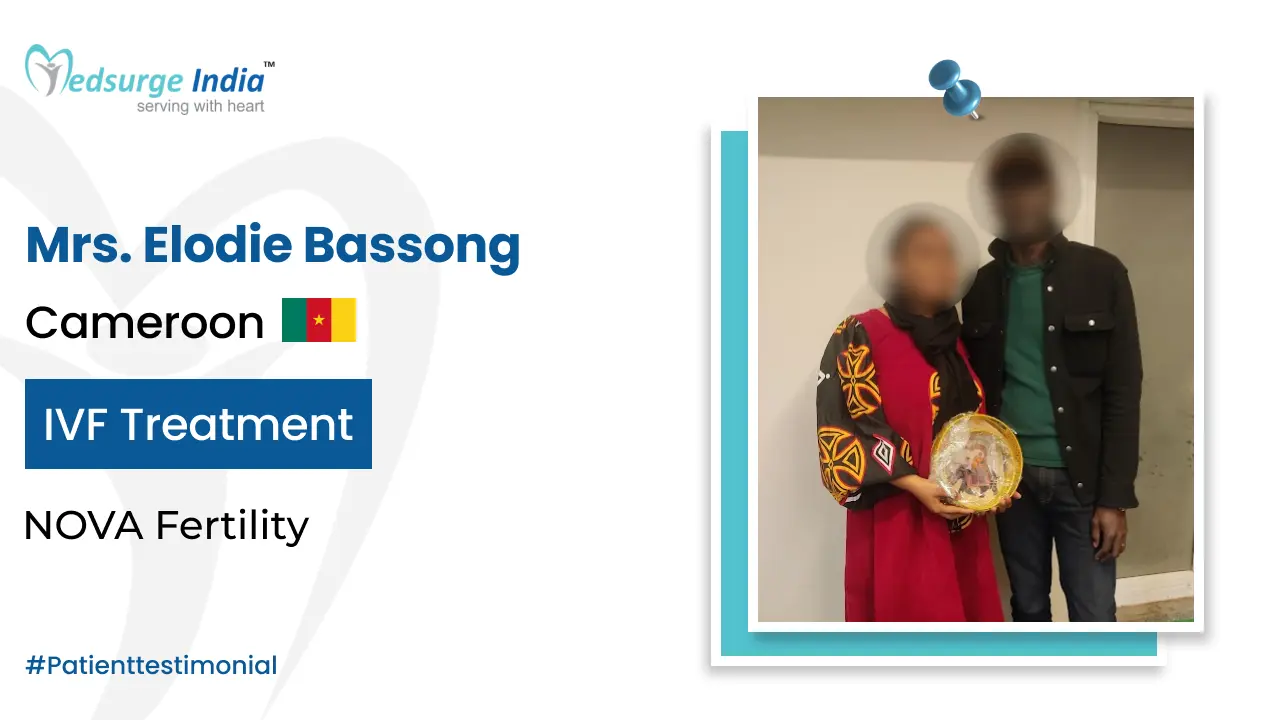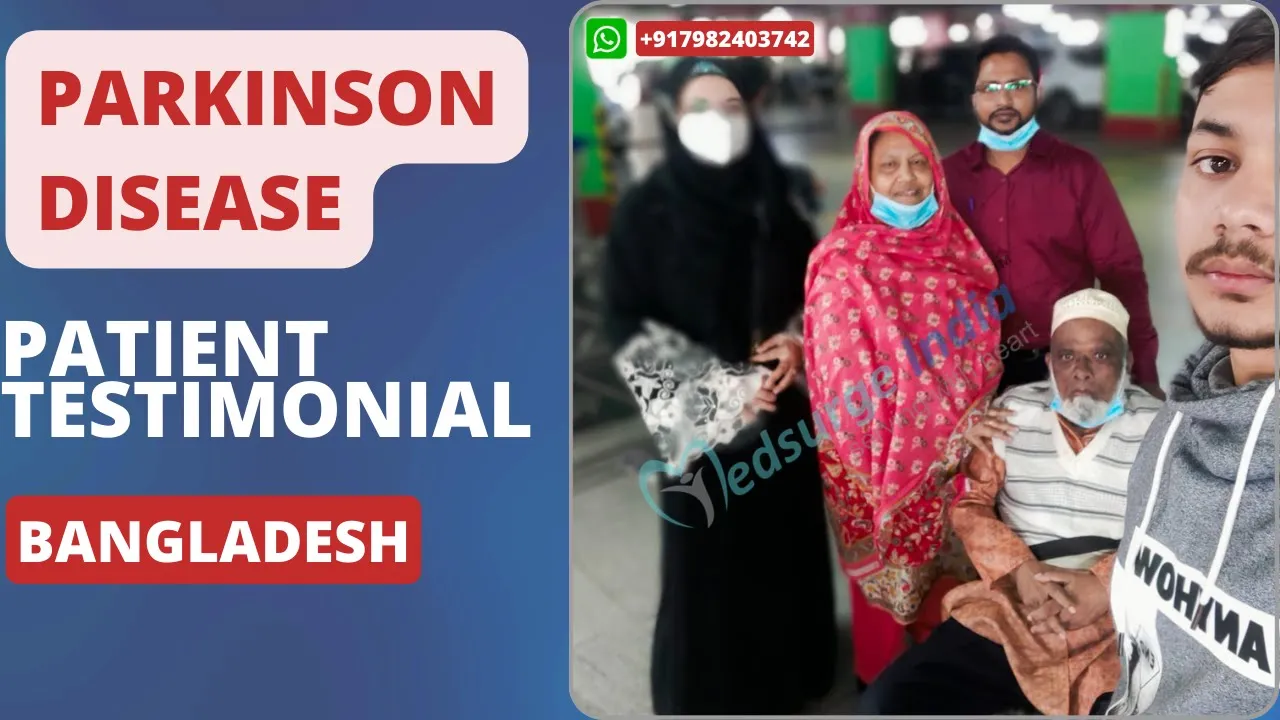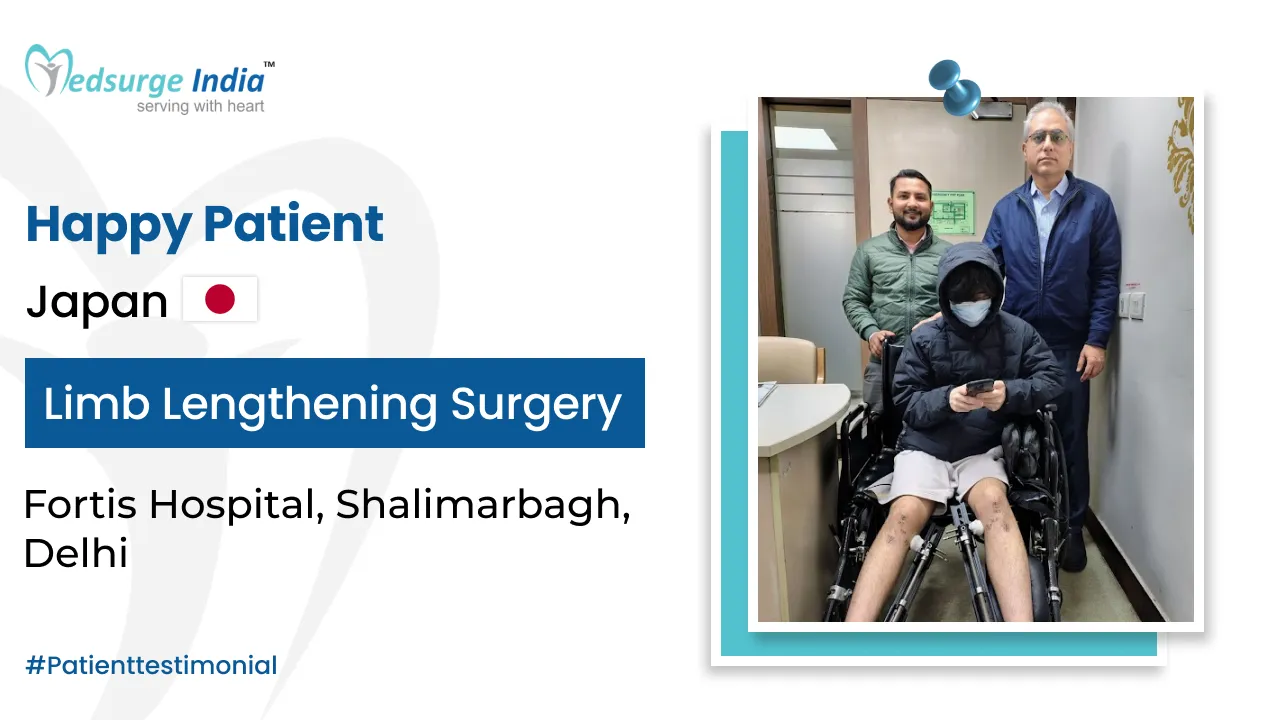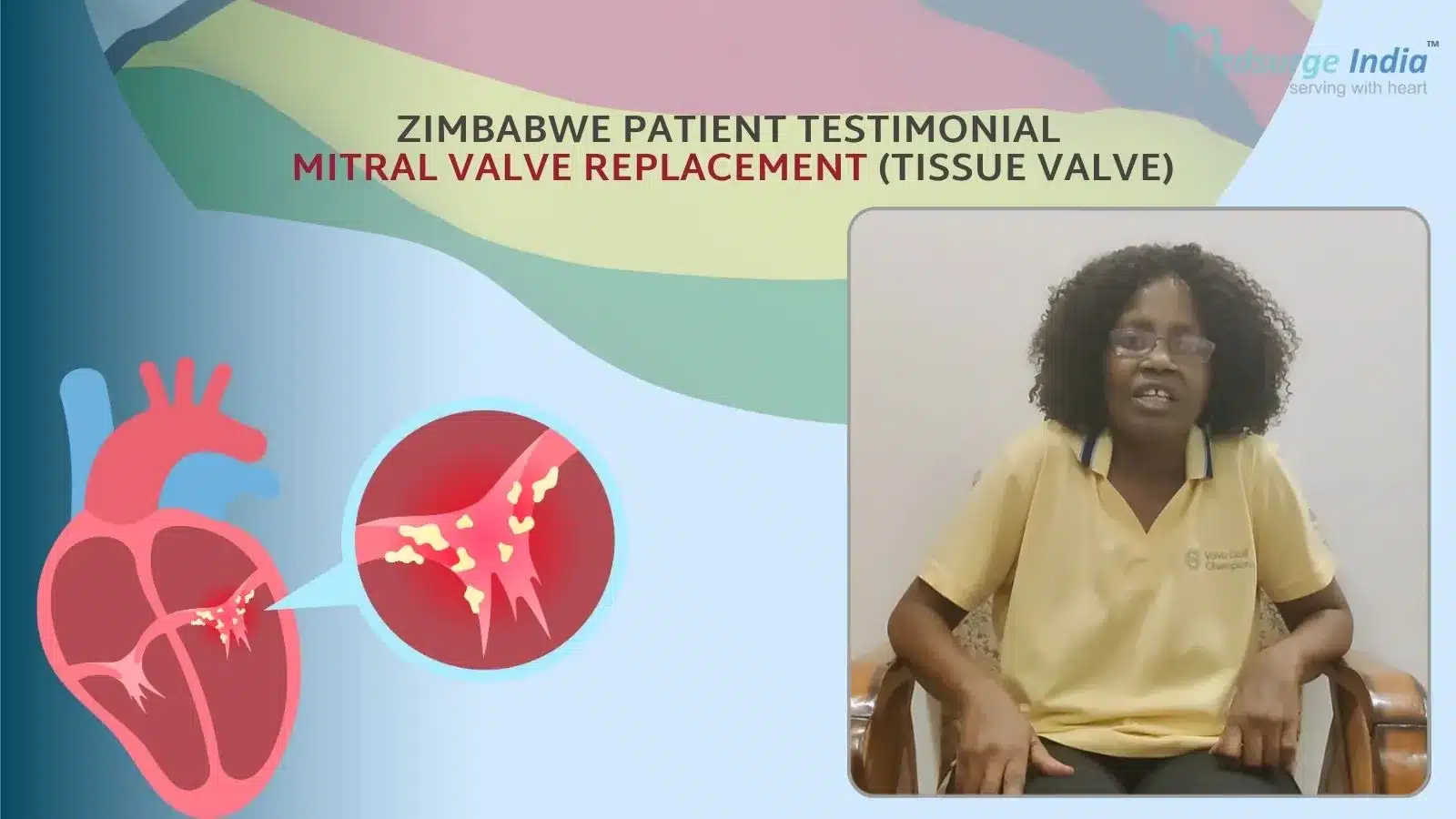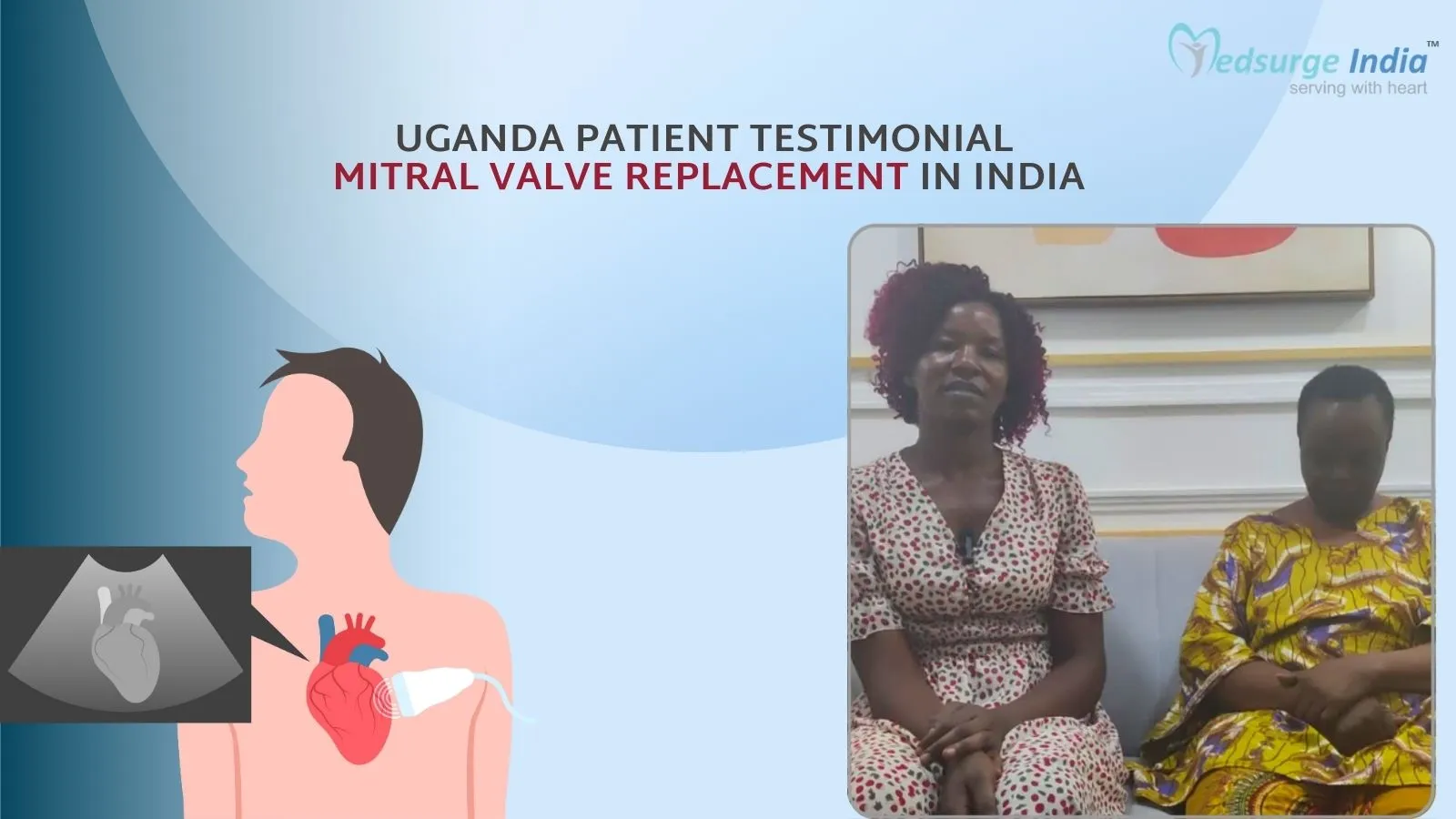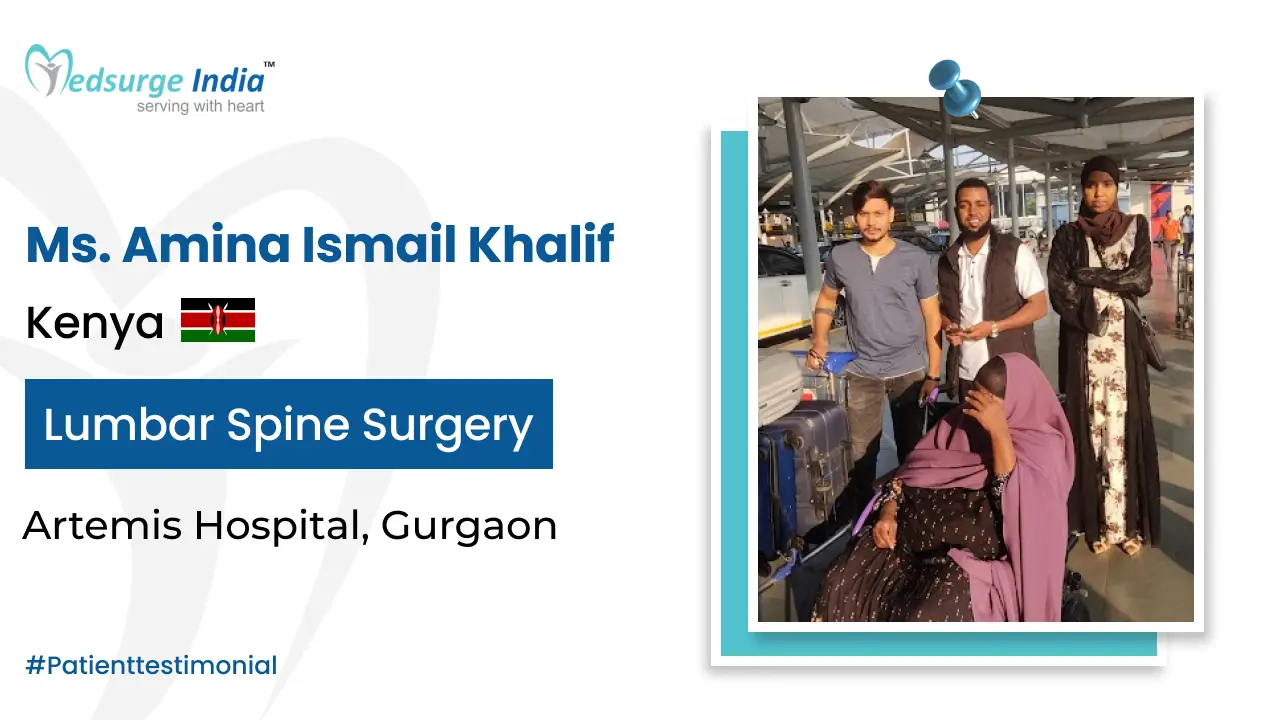
Radiation Therapy in India is a medical strategy that involves the use of ionizing radiation to cure, treat, control, or relieve symptoms of any disease. In general, radiation therapy is used to treat cancer disease, and it can remove, kill, or destroy cancer cells in a particular region of the body using various radiations.
Radiation therapy can also be used to treat cancer as well as other conditions such as thyroid issues, blood disorders, and non-cancerous development in some instances.
Radiation therapy cost in India is more affordable as compared to countries like Russia, Europe, and other well know countries. In India, this are all possible due to the rise of the new advanced technologies used in the hospitals and the knowledge and experience of the Indian doctors who are ready to help patients get better and free from any type of disease.
What are the Types of Radiation Therapy?
Radiation Therapy in India can be divided into two major categories:
- Internal Beam Radiation Therapy
- External Beam Radiation Therapy
External Beam Radiation Therapy
It is the most common form of “radiation therapy.” The high-energy beams used in this type of radiation are directed at a specific spot in your body by a machine outside of your body. Radiation is administered to your body during a different form of radiation treatment known as brachytherapy.
The most prevalent type of radiation therapy is external-beam. It uses a machine outside the body to deliver radiation. If necessary, it has the ability to treat huge regions of the body.
The radiation beam for x-ray or photon radiation therapy is created by a machine called a linear accelerator or linac. The size and form of the beam are adjusted using special computer software. This allows the tumor to be targeted while healthy tissue near the cancer cells is avoided.
For several weeks, the majority of treatments are administered every weekday. For radiation therapy to the head, neck, or brain, form-fitting supports or plastic mesh masks are used to keep patients motionless during treatment.
External-Beam Radiation Therapy Can Be Classified into the Following Categories:
- Three-dimensional conformal radiation therapy (3D-CRT)
- Intensity-modulated radiation therapy (IMRT)
- Proton beam therapy
- Image-guided radiation therapy (IGRT)
- Stereotactic radiation therapy (SRT)
Internal Beam Radiation Therapy
Brachytherapy is a type of internal radiation therapy that uses a solid source. In this type of treatment, seeds, ribbons, or capsules containing a radiation source are inserted into your body, in or near the tumor.
For such kind of radiation therapy, radioactive material is injected into the tumor or surrounding tissue. Implants can be permanent or temporary, and patients may require a stay in the hospital.
Internal radiation therapy can take the following forms:
- Permanent Implants
- Temporary Internal Radiation Therapy
Read More – Proton Beam Therapy For Cancer Treatment
Radiation Therapy Cost in India
The cost of Radiation therapy in India per cycle starts from USD 3000 to USD 4500. Radiation therapy cost in India is less when compared with other countries. The overall cost will vary based on the number of cycles a patient undergoes.
- Depending on the complexity of the scenario, a patient might need 5-8 days in the hospital to remain but the complete treatment of cancer can take 6 months.
- The majority of patients undergo Radiation treatment or surgery performed in India and Chemotherapy can be carried out in the patient’s nation.
- Different tests needed to diagnose cancer include Physical evaluation, Laboratory tests, Biopsy, Imaging tests, Nuclear medicine scans, Endoscopy, and Genetic tests.
Radiation Therapy Cost in Different Cities in India
| Cities | Starting Prices |
| Delhi | USD 3100 |
| Mumbai | USD 3400 |
| Kolkata | USD 3100 |
| Hyderabad | USD 3100 |
| Chennai | USD 3100 |
| Gurgaon | USD 3200 |
| Noida | USD 3100 |
| Bangalore | USD 3600 |
Reminder: The cost and treatment options for Radiation Therapy Cost in India may differ based on the patient’s preferences and other factors.
Factors That Can Affect Radiation Therapy Cost in India
Several factors can also affect the cost of Radiation Therapy in India Here are some of the factors that can affect Radiation Therapy Cost in India:
- Medication costs.
- Patient Condition.
- Duration of treatment.
- Geographical location.
- Hospitalization expenses.
- Government policies and subsidies.
- Medical tourism packages.
- Hospital reputation and infrastructure.
- The expertise and experience of medical professionals.
- The type and frequency of diagnostic procedures.
- The choice of treatment modality.
Radiation Therapy Cost in India offers exceptional medical services and facilities to patients who come for treatment in India also their facilities rival those of well-known healthcare centers worldwide. Accommodation, meals, and transportation expenses are also covered.
We at, Medsurge India ensure that patients will receive the most affordable Radiation Therapy Cost in India and with the expertise of highly qualified doctors. Furthermore, a foreign patient can save up to 30-40% of the cost in India when compared to their native countries.
Get Free Cost Estimation
Procedure
Many Factors Influence the Type of Radiation Therapy You Receive, Including:
- The course of radiation therapy is usually determined by the type of cancer, the size of the tumor, the location of the tumor and its surrounding tissues, the person’s age, and whether other medications are being used or not.
- For patients with advanced cancer, a combination of radiation therapy and chemotherapy is required to stop cancer from developing or spreading to healthy cells, tissues, and organs.
Who Gives Radiation Treatment?
A team of medical professionals will look after the overall patient’s body during radiation therapy.
Among the members of that group could be:
- Radiation Oncologist: A doctor who specializes in using radiation to cure cancer. Many of your treatment decisions will be made by this doctor.
- Radiation Physicist: A radiation physicist ensures that the radiation equipment is functioning properly and that the dose of radiation prescribed by your doctor is delivered.
- Dosimetrist: The dosimetrist assists the doctor in planning and calculating the number of treatments required. The radiation physicist supervises the dosimetrist.
- Radiation Technology Therapist: The radiation therapist is in charge of operating the radiation equipment and putting the patient in the best position for treatment.
- Radiation Therapy Nurse: A certified nurse with specialized cancer treatment training. He or she will be able to provide you with information on your radiation treatment as well as guidance on how to manage any potential adverse effects.
Is it Safe For Patients And Their Families to Receive Radiation Therapy
For several years, doctors have employed radiation therapy to treat cancer in a safe and successful manner.
Radiation therapy raises the possibility of initiating second cancer by a minimal percentage. However, for many people, radiation therapy cures their cancer. This benefit optimizes the slight chance that the therapy will lead to the development of a new malignancy in the future.
The patient does not become radioactive during external-beam radiation therapy. The radiation is still present in the treatment room.
Internal radiation therapy, on the other hand, causes the patient to emit radiation. As a result, visitors should take the following precautions:
- If you are pregnant or under the age of 18, do not visit the patient.
- Each day, limit your stay to 30 minutes or shorter.
- Maintain a distance of at least 6 feet from the patient’s bed.
- After using the restroom, wash your hands thoroughly.
- To eliminate the residual radioactive substances from the body, drink plenty of water.
- Try to stay away from babies, children, and pregnant women.
Why Do Individuals Prefer to Have Radiation Therapy in India
The country has some of the best medical care facilities and services in Asia, making medical tourism in India very popular. The best cancer hospital in India provides all types of cancer-related treatment and surgeries using advanced technology. Also, the radiation therapy cost in India is much more affordable as compared to other states or nations around the world. An international patient can expect to pay 50-60% less for radiation therapy in India. Furthermore, you can find the best cancer doctor in India who are known worldwide for their knowledge and achievements throughout the world.
The best cancer treatment in India provides comprehensive appropriate treatment, including comprehensive pre-operative evaluations, minimally invasive surgical options, and post-operative rehabilitation programs. Patients can expect personalized treatment, individualized attention, and compassionate care at these medical facilities. The hospitals are accredited by top international organizations such as the National Accreditation Board for Hospitals and Healthcare Providers (NABH) or the Joint Commission International (JCI).
What to Look for When Choosing a Hospital for Radiation Therapy in India
Hospitals that perform radiation therapy in India are well-known for their hospitality and patient care services providing the finest treatment and care in India. However, it might be challenging for a foreign patient to select an appropriate facility for radiation therapy in India. It is a crucial choice that has to be made while keeping a number of things in mind, such as:
- Quality certificates and accreditations
- Hospital and transportation facility location
- Team of doctors and surgeons
- Advanced diagnostic and therapeutic equipment
- International patient assistance
Helpful –
Top Hospitals For Radiation Therapy
- Max Hospital Saket
- Fortis Hospital Gurgaon
- Global Hospital Chennai
- MGM Healthcare, Chennai
- Fortis Hospital Kolkata
- Apollo Hospital Delhi
- Jaslok Hospital Mumbai
- Artemis Hospital Gurgaon
- Apollo Spectra Hospital, Chennai
- Fortis Hospital, Bangalore
How Can Medsurge India Help
Medsurge India is a prestigious support system for patients looking for doctors, hospitals, and specialized treatments. Our staff will provide you with a list of licensed, renowned, and trustworthy physicians and medical facilities in relation to your medical needs. We offer a variety of treatment options to fit your individual needs, as well as a budget-friendly approach. Besides that, we are able to assist patients in obtaining travel authorizations, and medical visas, as well as a wide range of other things in the process of their treatment.
The Most Important Frequently Asked Questions
Q: What is the cost of radiation therapy in India?
The average cost of radiation therapy in India ranges between USD 3000 to USD 4500.
Q: Is radiation therapy used alone or with other treatments?
Radiation therapy can be used alone or with other treatments like surgery or chemotherapy.
Q: What are the types of radiation therapy?
Four types of radiation therapy are external beam radiation therapy, internal beam radiation therapy, photodynamic therapy, and intensity-modulated radiation therapy (IMRT).
Q: Is radiation therapy painful?
Radiation is focused on the cancer and not on the healthy tissues, which is why this therapy doesn’t hurt.
Q: What are the side effects of radiation therapy?
Common side effects of radiation therapy are skin problems, fatigue, hair loss, nausea and vomiting, and loss of appetite.
Top Hospitals for Radiation Therapy in India
Top Doctors for Oncology and Oncosurgery
Dr. Naveen Ravel
Consultant
Experience: 35 years of experience
Apollo Cancer Hospital, Chennai
Chennai, India
Dr. Vandana Joshi
Senior Consultant
Experience: 12+ years of experience
Narayana Multispeciality Hospital, Rakhial, Ahmedabad
Ahmedabad, India
Dr. Naveen Jayaram Anvekar
Experience: 15+ years of experience
Narayana Multispeciality Hospital, R S Naidu Nagar, Mysore
Mysore, India
Dr. Geeta Kadayaprath
Head of Department
Experience: 15 years of experience
Max Super Speciality Hospital, Patparganj, New Delhi
New Delhi, India
Dr. K. R. Gopi
Consultant
Experience: 31+ years of experience
Rela women and Childern Hospitals
Chennai, India
Dr Sripriya Rajan
Consultant
Experience: 24 years of experience
Apollo Cancer Hospital, Chennai
Chennai, India
Dr. Nagraj Gururaj Huilgol
Consultant
Experience: 43 years of experience
Nanavati Super Specialty Hospital Mumbai
Mumbai, India
Dr. Sudesh M Phanse
Consultant
Experience: 31 years of experience
Nanavati Super Specialty Hospital Mumbai
Mumbai, India
Dr. Roshan Dixit
Consultant
Experience: 7 years of experience
Medanta – The Medicity, Gurgaon
Gurgaon, India
Dr. Sanyo P Dsouza
Senior Consultant
Experience: 20+ years of experience
KMC Hospital, Hampankatta, Mangaluru
Mangaluru, India
Dr. Shyam Kishore Shrivastava
Senior Consultant , MBBS, MD
Experience: 41 years of experience
Bangalore, India
Dr. Jai Prakash Gurawalia
Consultant
Experience: 16 years of experience
Fortis Memorial Research Institute, Gurgaon
Gurgaon, India
Dr. Senthil Kumar
Consultant , MBBS, MS, MCh, Fellowship
Experience: 14 years of experience
Chennai, India
Dr. Chandra C.K. Naidu
Senior Consultant
Experience: 20 years of experience
Basavatarakam Indo American Cancer Hospital & Research Institute, Hyderabad
Hyderabad, India
Dr. Chandrani Mallik
Consultant
Experience: 10 years of experience
HCG EKO Cancer Centre, Kolkata
Kolkata, India

